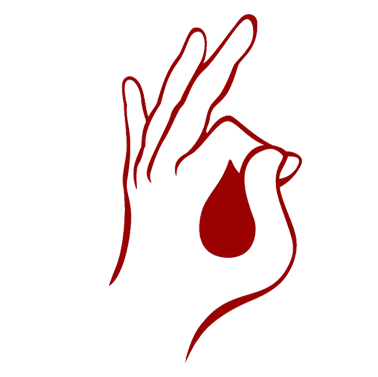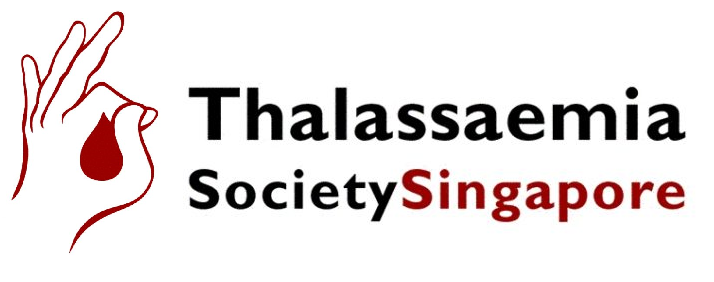
09 Jun How Excess Iron Damages The Body
In untransfused thalassaemia intermedia and thalassaemia major, the body attempts to compensate for the severe anaemia by absorbing significantly more iron from the gut than normal (About 3 to 4mg per day compared to about 1mg per day in healthy individuals), in an attempt make more red blood cells. However, the individual with thalassaemia intermedia or major is unable to increase its red cell production despite the increased iron absorption. The iron accumulates in the body and there is no effective means for the body to remove the excess absorbed iron. How much more iron is absorbed depends on the severity of the anaemia: the more severe the anaemia, the more the bone marrow expands as it tries to make more red blood cells, and so does the absorption of iron.
Other factors may also play a part in determining the amount of iron absorbed by the gut. For example, the presence of vitamin C increases the amount of iron absorbed, while tea and cereals lead to a decrease.
The main source of iron overload in patients receiving transfusions however is blood transfusion. In fact, the amount of iron the patient receives through blood transfusions is far greater than that absorbed from the diet . It is therefore important that patients on regular blood tranfusions, use iron chelators — drugs that bind with iron and remove it from the system. Even for thalassaemia intermedia patients who do not receive regular blood transfusion, they may also gradually accumulate significant amounts of iron especially when they are older, and may also need treatment with iron chelators.

